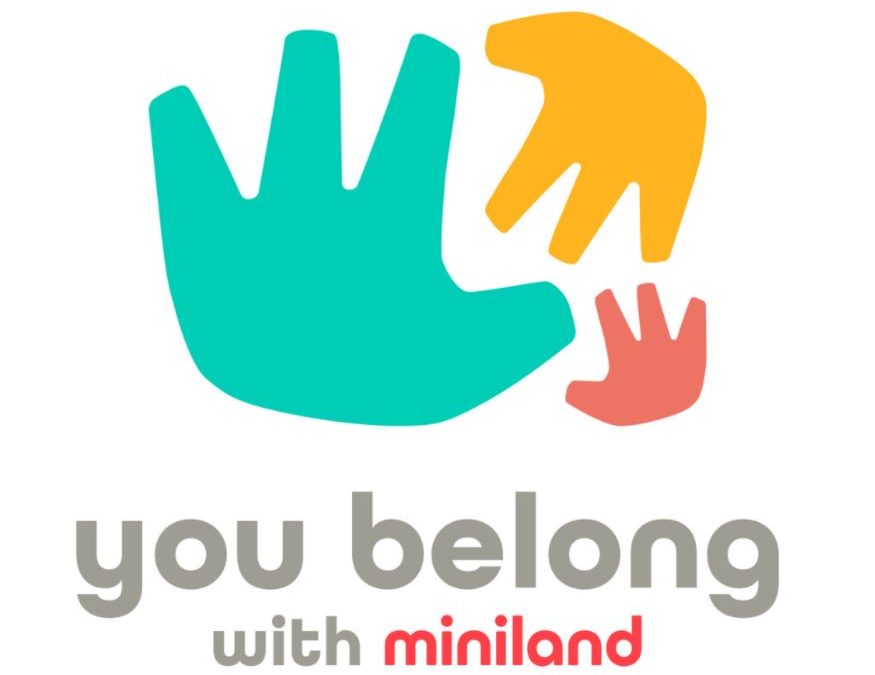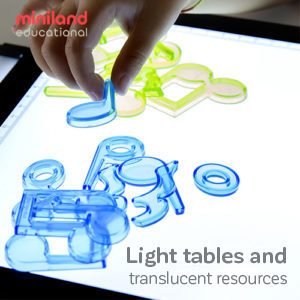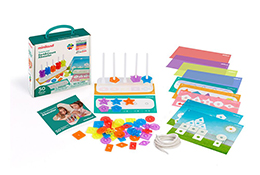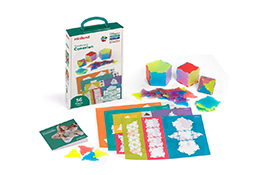Miniland is proud to launch its most important initiative in the US to date: You Belong with Miniland.
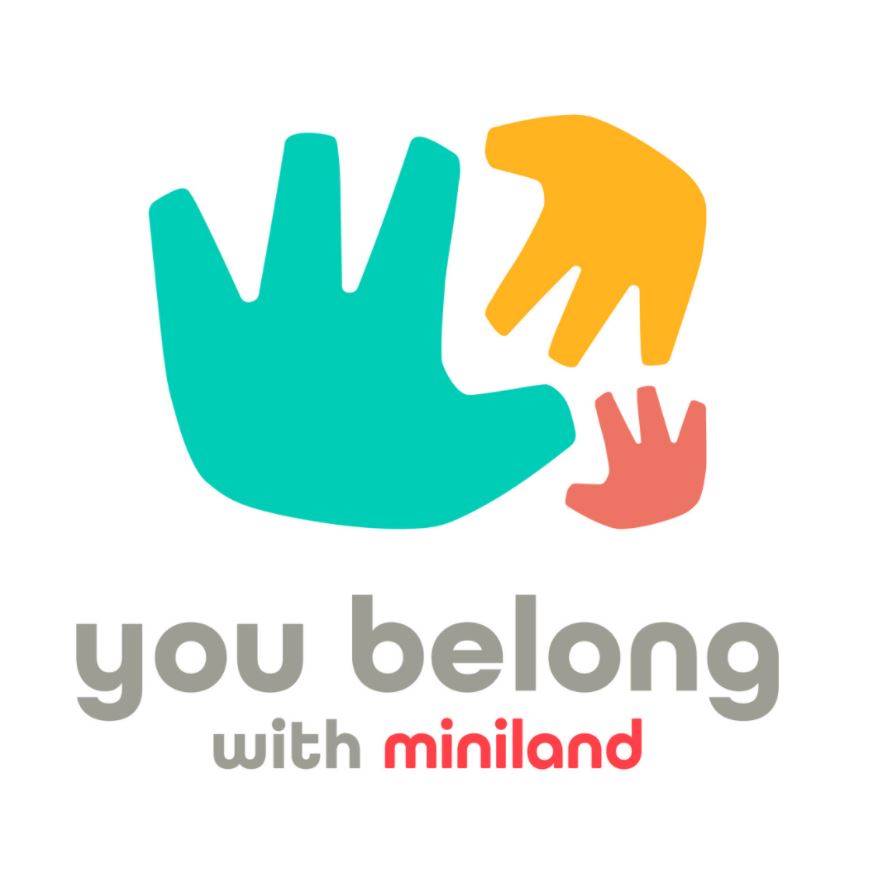
You Belong is an important message that encompasses the values of the Miniland brand and all who support it: the Children who Play, the Teachers who Teach, the Parents who Guide, and the stores who work with us. The initiative is centered on our core values of inclusion, tolerance, empathy, collaboration and acceptance.
At the heart of You Belong are core statements that can be easily incorporated into your classroom mottos:
Whoever you are, whatever you look like, wherever you’re from: with Miniland, you’re not an outsider: You Belong.
All are Welcome. All are Accepted. All are Included.
All are Respected and treated with Kindness.
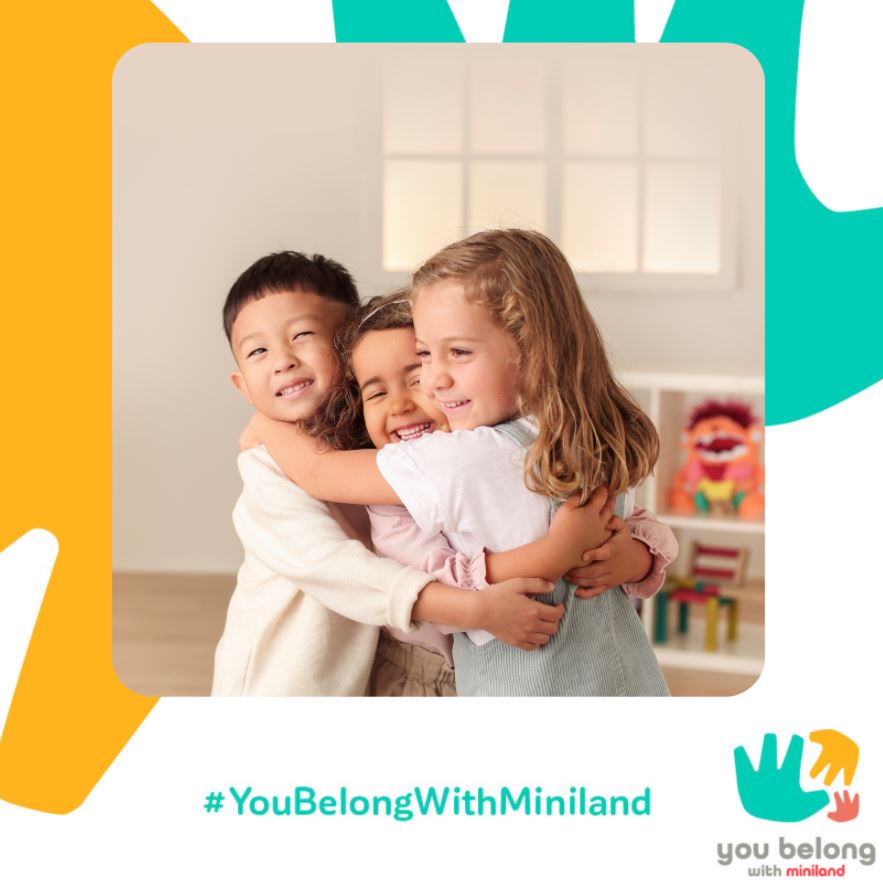
With the current school year coming to an end, you are already preparing for Back to School Fall 2021, after an incredibly challenging and stressful year.
To show our gratitude and appreciation, each month from May – July, we are offering our followers a chance to win a $500 in Shopping Credit to one of our dedicated School/Specialty retailers and Classroom Prize Packs of our best-selling Social Emotional Learning Toys to help you create the most inclusive environment you can.
Beyond the exciting Giveaways, we hope You Belong resonates with you as you embark on another year of opportunity to make a difference in your students’ lives.
To help inspire you to share messages of inclusivity and lend your voice to the many who provide a welcoming classroom environment to the most impressionable among us, here are some simple ways you can create a more welcoming classroom for the new school year:
1) Perform a Diversity Audit: Before you tear down your posters and start packing things away, make a list of what you see and don’t see in your classroom and/or Virtual Teaching Space. A simple walk around your room or inventory check on your virtual desk to jot down which cultures, identities, ethnicities and positive messages you have represented through your décor, bookshelf and materials will help you identify how well you’re doing in representation. Are you showing enough representations of various ethnicities in your materials, toys and games? Do you have any examples of messages for the differently abled? If you’re comfortable, you could even ask a friend to come and join you and make notes themselves. Sometimes it helps to have another set of fresh eyes to take stock.
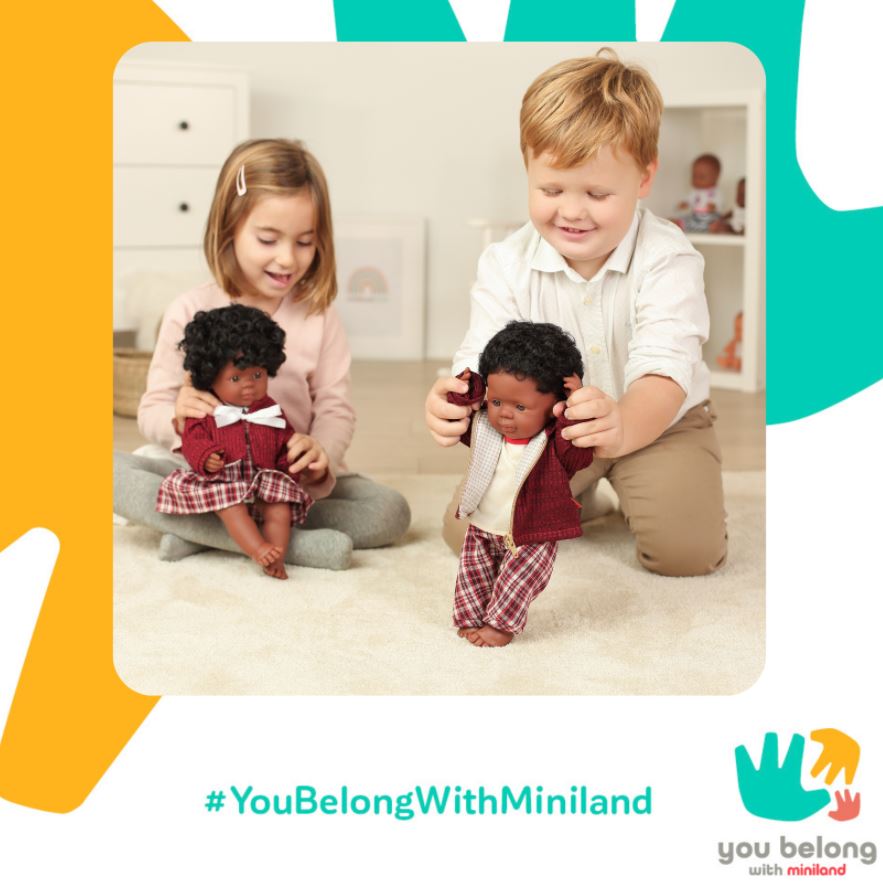 2) Review your Curriculum:
2) Review your Curriculum:
Take a look at what you’ve taught your students this year, and see how can you improve upon topics of inclusivity into your curriculum next year.
One of the best ways to teach inclusivity, acceptance and kindness is through a strong dose of Social Emotional Learning. Combine physical play with corresponding online components, like our Teach & Play resources. By providing direction on assignments and lessons that encourage students to celebrate their identities and learn more about the identities of their classmates, you’re creating an open forum where students feel seen, safe and appreciated.
3) Start each day with a POSITIVE Message: During your Morning Meetings, include topics that focus on positive interactions and respectful representation. You can discuss topics like:
- Kindness Counts:
“I want us all to wave our hands in the air for Susannah and Carlos this morning! Yesterday, Susannah helped Carlos open up his juice box, and Carlos said thank you! It is so important and special to help people when you can. It can be a little thing or a big thing, and the best part is, it will make someone’s whole day!”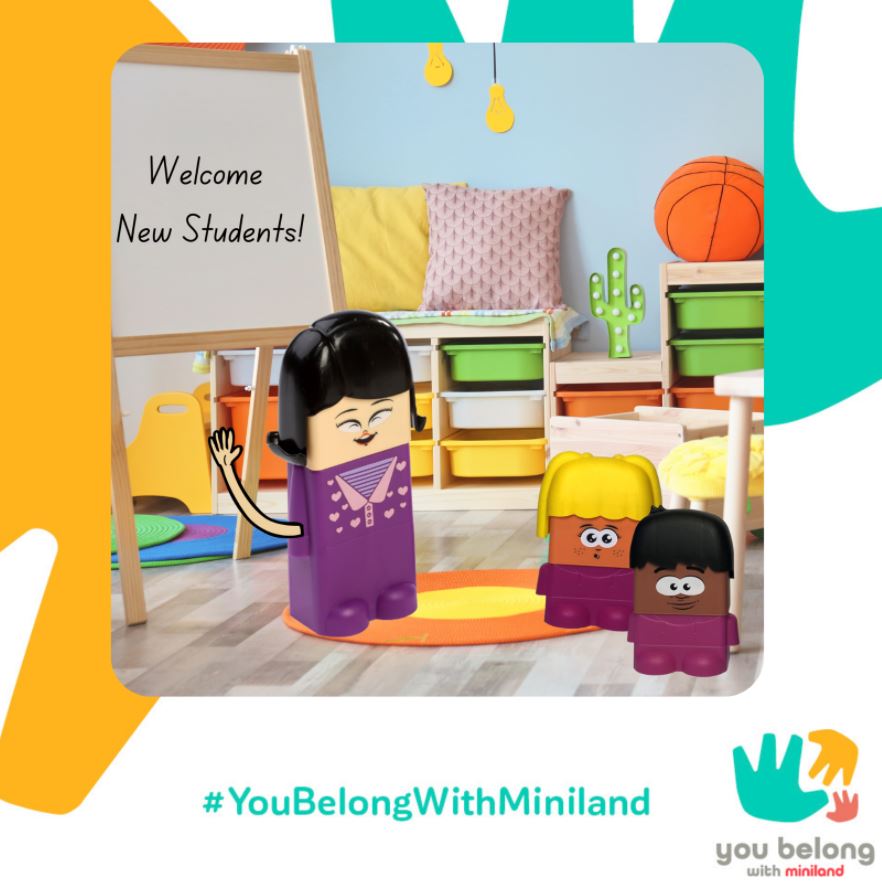
- Compliment Time: “Let’s go around the circle and say something nice about the person sitting next to our left sides. Bradley, you can start us off by saying something nice about Hector!”
- Families: “Do you know what is so special about all of us? We all look different, act different, and have different families. Isn’t that great? Let’s take some time this morning to celebrate what each of our families look like. Let’s break up into three groups and play with our Family Diversity Blocks to make up our very own families. At the end, I’d like each of you to tell us all about your unique family!”
Be kind, have students mention something nice about someone else, build up their confidence.
4) Honor Special Days & Holidays: We all know how fun it is to celebrate “themed” days both nationally and internationally . It seems as though there is a day for everything! From World Autism Awareness Day to Mexican Independence Day, there is literally a day to celebrate anything you can imagine. Celebrations are a great way to educate and stimulate positive thoughts about cultures, backgrounds and ethnicities. You can celebrate and discuss the history and background of ethnically diverse days to your students by playing games from the specific culture you’re celebrating, to learning about the types of foods that culture eats.
5) LISTEN and think before YOU speak: Though your students might think the opposite, teachers don’t always have all the answers (shh!). Take the time to educate yourself by listening, to yourself and to others. Ask yourself if you have any cultural biases. If you have any preset or engrained attitudes towards any type of group or person. The work starts with you. Use this as an opportunity to listen to the little ones in your classroom. Give them a voice and show them you hear them. You have the power to affect change for generations to come by setting an example.
By implementing these tips and suggestions into your classroom décor, routine and lesson planning, you are laying the groundwork for students to grow up to be kind and welcoming adults who are inclusive of others naturally and effortlessly.
